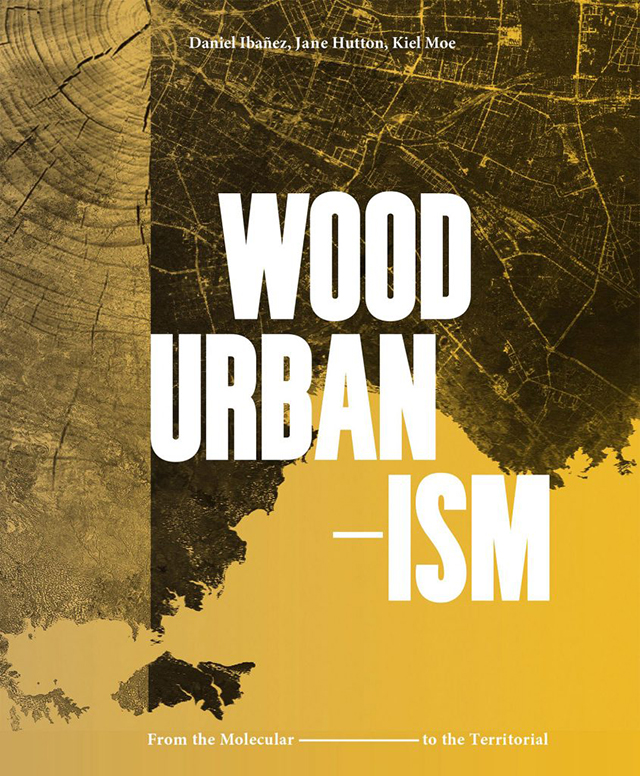Skyscrapers Forest For Desert Regions
Editors’ Choice
2019 Skyscraper Competition
Daffonchio & Associates Architects
South Africa
Introduction
The first shelters were built to protect Man from Nature. Human technology has become so powerful that the building of cities should be used to protect Nature from Man. New materials, combined with parametric design will allow us to build ultra-lightweight megastructures. Real-time data mapping combined with AI, will allow hyper-efficient transport and other urban services. We propose a structure that by its shape, size and technology can change the climate.
We propose to solve the increasing reality of desertification through architecture. A cluster of tree-shaped high-rise towers can create a microclimate for a more livable urban environment in desert climates. The idea is to create a ‘forest’ of towers that are designed to cast permanent shadows on the ground below. The vast surface area of the roof is entirely employed for Photovoltaic and energy harvesting, though a high-rise megastructure which can be scaled indefinitely and change the climate through shape, scale, and technology.
Context
We have imagined an architectural intervention that responds to the inevitable future of increasing desertification. We are experiencing an accelerated growth of cities modeled after European and North American examples irrespective of climatic context.
Scale
The towers are multiplied to create a ‘forest’ which forms an architectural ecosystem. The system can build organically across the desert. The tower, a majority of the building mass is located at a higher altitude encouraging the formation of orographic clouds. Atmospheric water generators are incorporated into the design to extract water from the humid air surrounding the clouds.
Shape
The typical skyscraper typology sees the floorplates decrease in the area as one progresses towards the top of the building. This does not make sense for buildings located in the desertic climates.
Our intervention proposes to invert the typical skyscraper, having the largest surface area at the top of the building. This would maximize the shading of the building throughout the day and harness the energy from the extreme desert sun through vast solar disks. The permanent shading of the ground would encourage the growth of lush vegetation.
Technology
A vast area of photovoltaic panels over the structure can generate energy power the buildings, and also for water harvesting, transport, and other activities. All the buildings’ activities will be managed by artificial intelligence, by processing data from the entire system. The vertical and horizontal circulation will be integrated using vehicles that are powered by the PV and gravity charged batteries. The incorporation of a below ground level hyper-loop type transport system to connect the structures and allow effective mobility between buildings hyperloop transport system to connect the structures and allow effective mobility between buildings.




Yorumlar
Yorum Gönder